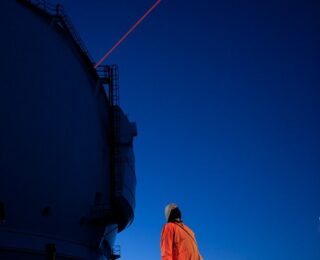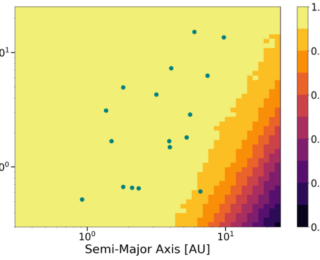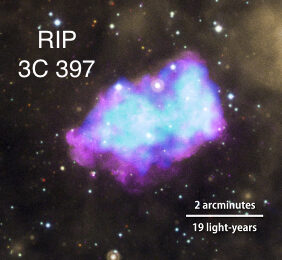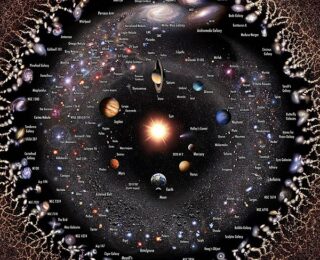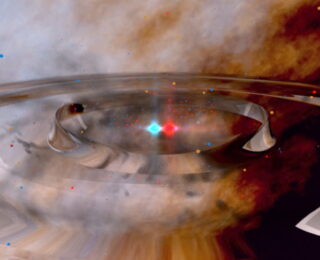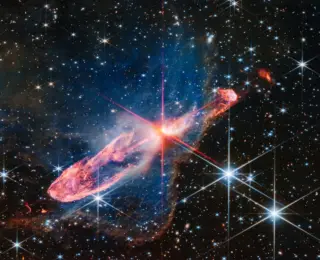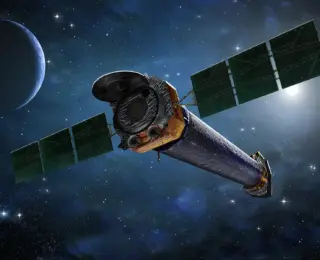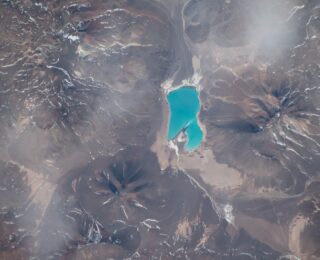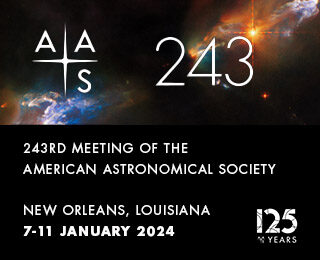Featured Astrobites
Our latest posts
Book Review: The Last Stargazers
A book that pulls back the curtain on the real world of astronomy, filled with unexpected discoveries, behind-the-scenes stories, and the challenges that come with exploring the cosmos.
How Common are Solar Systems Like Our Own?
How common are systems like our own solar system? Do big and small planets often form together?
An Elegy to Supernova Remnant 3C 397: Simulating Stellar Death
3C 397, lost but not forgotten. Read today’s bite to find out about this galactic Type Ia supernova remnant’s cataclysmic demise.
Mapping the Universe with galaxy motions from CosmicFlows-4
Today’s bite looks at using the motions of galaxies to tell us about structures in the local Universe.
Source Needed: Could Signal Confusion Hurt Next-Gen Gravitational Wave Detectors?
Today’s paper takes a prospective look at possible concerns for future gravitational wave observations, and finds that perhaps no concern is needed.
How Ancient Chinese Solar Eclipse Records Helped to Determine the Earth’s Rotation Rate
Post-eclipse blues? Today’s paper uses solar eclipse observations made thousands of years ago to track how Earth’s rotation rate has slowed over time.
Beyond astro-ph
Astronomy beyond the research
Astrobites at April APS 2024: Day 4
We report on Day 4 of the 2024 April APS Meeting!
#SaveChandra
Chandra needs our help!
UR: Unraveling astroecology: when astrobiology meets ecology
As part of our Undergraduate Research series, Juliana Meurer discusses her research combining astronomy, biology, and ecology!
Navigating careers in astronomy
Career advice
Meet the AAS Keynote Speakers: Alan Lightman
What does it mean to achieve scientific literacy in society? Learn more from #AAS242 plenary speaker and astonomy educator Linda Shore.
Meet the AAS Keynote Speakers: Prof. Brett McGuire
Today we interview astrochemist and professor at MIT, Dr. Brett McGuire, for his Helen B. Warner Prize Lecture at #AAS243!
Meet the AAS Keynote Speakers: Dr. Stephen Taylor
Today we interview astrophysicist Stephen Taylor for his plenary talk at #AAS243!

